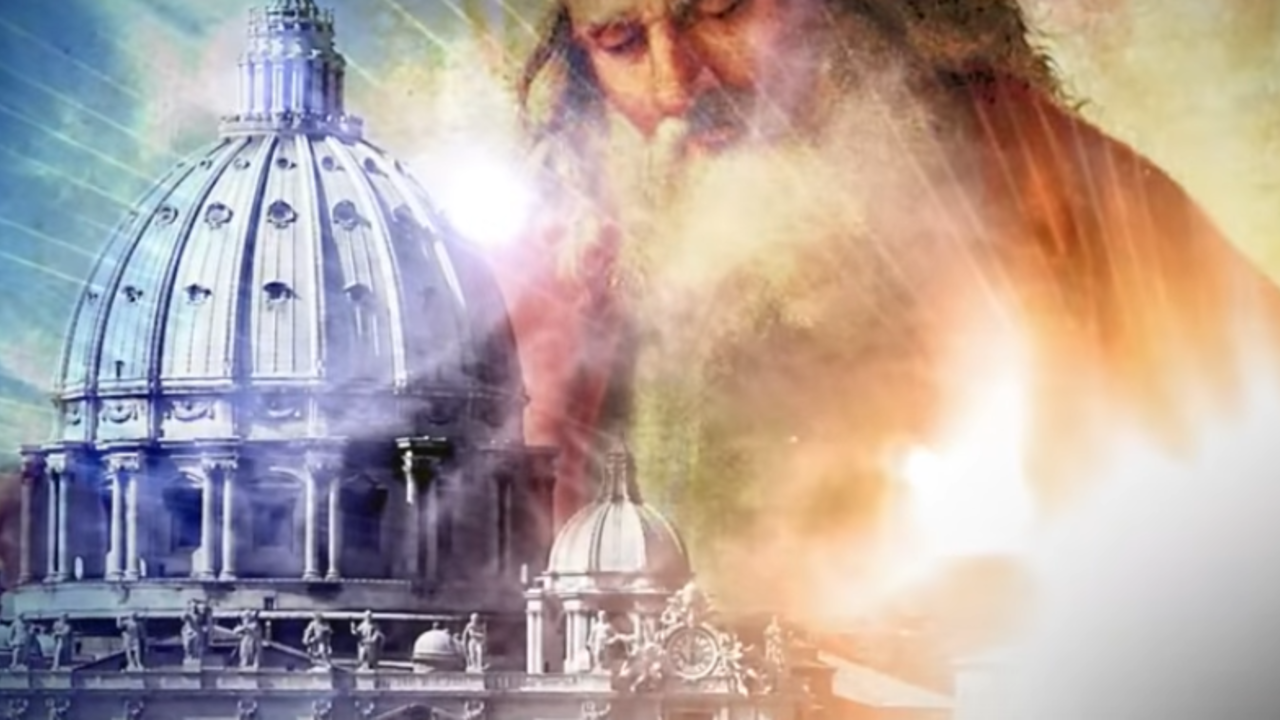Minute Faith ~ Gnosticism

Gnosticism encompasses a wide variety of different religious beliefs and systems. Before Catholicism was decreed the state religion of Rome by Constantine in the 4th century AD, the empire was very diverse in its spirituality. They worshiped many gods, including Greek and Roman deities.
Many of which were based upon philosophical concepts like love, virtue, justice, wisdom, and time, and celestial bodies such as the planets, constellations, and even the spirit of planet earth herself. During this time, early forms of Christianity were developing, and between the beginning of the AD calendar cycle and for about 300 years, there were 2 predominant Christianities that were known. One was a sort of Literalist Christianity, rigidly authoritarian, which would eventually become the basis for the Roman Catholic Church… The other was known as Gnostic.
Between 312 AD and 325 AD, the Roman Emperor Constantine the 1st converted to Catholic Christianity. This began the process of rigidly suppressing all Gnostic and Pagan faiths until they had all but disappeared from the collective mind. Those who did not convert were tortured, killed or fled, and for over 1600 years, all knowledge of Gnosticism had vanished. Very little was known about them or their beliefs until in 1945, a small library of Gnostic scriptures was discovered in a cave near Nag Hammadi in Egypt. The information writ on these scriptures has revolutionized our modern understanding of early Christianity.
The first thing that stands out about Gnosticism is the many predominant differences between these early Christianities. Catholics wanted to enforce a common creed on all Christians, a single unified doctrine based around 4 gospels regarded as holy scripture. The rest were consigned to the flames as heretical works of the devil. Gnostics, on the other hand, held a tolerance for all kinds of different beliefs and practices. In fact, Gnostics wrote hundreds of different Christian gospels that were followed and discussed openly.
A core tenet of Gnosticism is that our world is the creation of a false god, or demiurge, who pretends to be a benevolent creator. But, they are in fact a malevolent impostor intent on keeping humans imprisoned in an artificial world of illusion and suffering. This Demiurge is the same God worshipped by the core Abrahamic teachings. The only means of escape is gnosis (Greek for knowledge) —rising up from base materialism to reject the demiurge and breakthrough into the higher world of the spirit.
At its core, Gnosticism was a broad, vibrant, and sophisticated spirituality which considered the Old Testament of the Jewish faith irrelevant. Jesus was claimed as a Gnostic leader, as are several of his apostles, including Thomas the Apostle, who founded the Thomasine form of Gnosticism. As well as Mary Magdalene, who is considered superior to the twelve apostles by several gnostic texts. Unlike Catholics, who believed that the true Christian believed in Jesus as preached to them by the bishops, the Gnostic faith believed that the true Christian experienced Gnosis and then would literally become a Christ themselves. Belief in Jesus, then, was that he was a divine being who appeared in human form and then transcended the physical world, rather than the modern view that he was a being who was both fully human, and fully divine.
The Gnostics believed that there is an element of divinity within each person and that that divinity wants to join again with God. They believe that through secret knowledge of the Cosmos and God, that salvation can be attained. Some believed that it did not really matter what you did in life since the body was not eternal. The Gnostic faith was subjugated out of existence before the creation of the canonical bible, from roughly the year 1 till the persecution of Constantine in 312 AD and the Council of Nicaea in 325 AD. There were plenty of Christian texts that were available to the public, which the Gnostics all followed and believed in.
Although remembered as heretics, the Gnostics saw themselves as genuine Christians. In a Gnostic gospel called “The Apocalypse of Peter”, the resurrected Jesus calls literalist Christianity an “imitation church” that distorted the teachings and ways of Christ.
Sources:
http://www.ramsheadpress.com/messiah/ch10.html
http://www.patheos.com/Library/Gnosticism
http://www.pbs.org/wgbh/pages/frontline/shows/religion/story/pagels.html
A Mystery School For The New Age...
In late 2019, Spirit Science launched a one-of-a-kind educational platform ~ Spirit Mysteries ~ as an online space for self-mastery. It has grown rapidly, and now contains hundreds of hours of courses and thousands of students from across the world.
If you are ready to take your spirituality to the next level, click below to get started.



